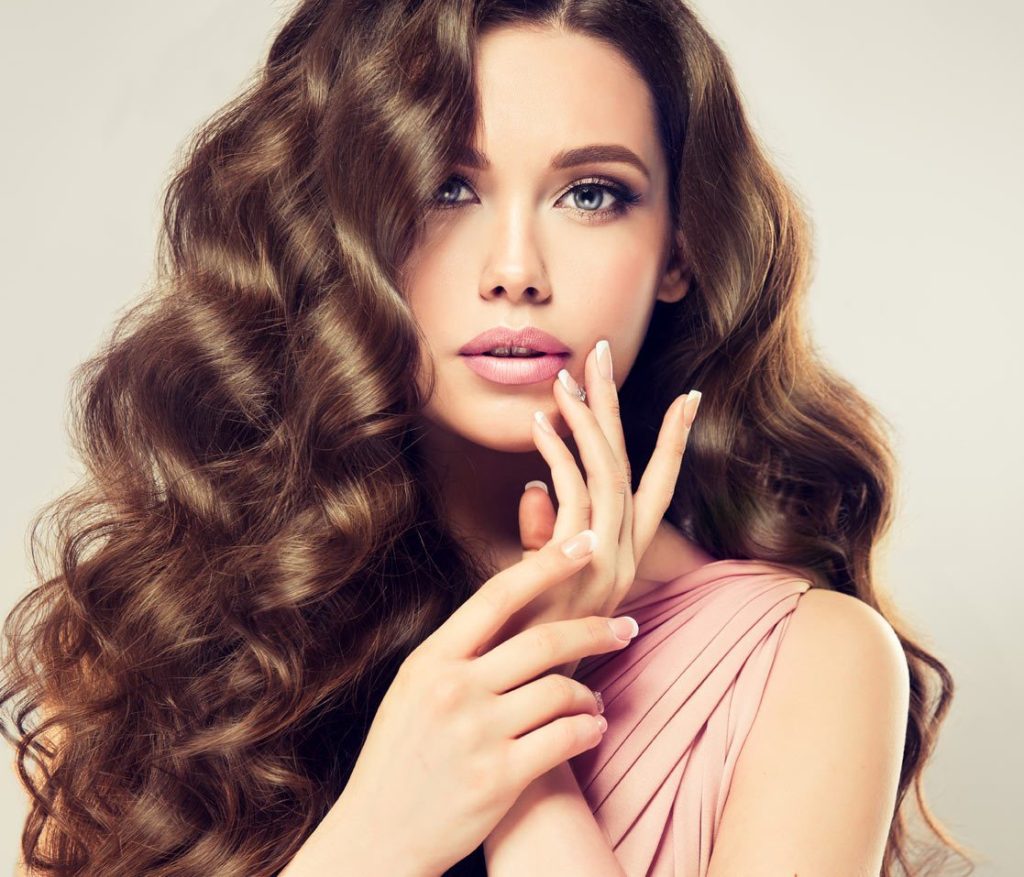The Power of Hair Dye – A Modern Solution for Head Lice Infestations
Head lice infestations are a common and persistent problem, particularly among school-aged children. These tiny parasites, which feed on human blood, can cause intense itching and discomfort, leading to secondary infections from scratching. Traditional treatments for head lice have included over-the-counter OTC insecticidal shampoos, prescription medications, and manual removal with fine-toothed combs. However, a modern and somewhat unconventional solution has emerged: hair dye. Surprisingly, hair dye, which is widely used for cosmetic purposes, has shown potential as an effective method for eradicating head lice. The effectiveness of hair dye in combating head lice is primarily attributed to its chemical composition. Most commercial hair dyes contain hydrogen peroxide and ammonia, both of which are toxic to lice. These chemicals work by penetrating the lice’s exoskeleton and causing fatal damage to their internal organs. Additionally, the dyeing process involves saturating the hair and scalp with the product, which helps ensure that lice and their eggs nits are thoroughly coated.
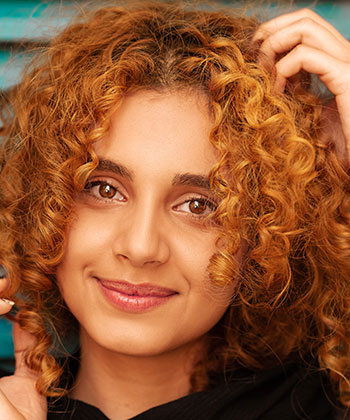
This comprehensive coverage is crucial, as nits are notoriously difficult to eliminate due to their strong attachment to hair shafts. Another advantage of using hair dye for lice treatment is its accessibility and dual functionality. Many individuals already use hair dye for aesthetic reasons, so incorporating its use as a lice treatment does not require a significant lifestyle change or additional expense. Furthermore, the dyeing process can be an enjoyable and transformative experience, offering a psychological boost to individuals who might feel self-conscious about their lice infestation. By addressing both the lice problem and personal appearance, hair dye provides a holistic approach that can enhance overall well-being. Moreover, hair dye offers a level of convenience that traditional lice treatments lack. OTC lice shampoos and prescription medications often require multiple applications and can be harsh on the scalp and hair. Manual removal with fine-toothed combs is time-consuming and labor-intensive, requiring meticulous attention to detail to ensure all lice and nits are removed.
In contrast, the process of dyeing hair is relatively quick and straightforward, typically completed within an hour. This time efficiency is particularly beneficial for busy individuals and parents managing the lice treatment of multiple children. Despite these advantages, it is important to note that hair dye is not a universally suitable solution for head lice infestations does dying hair kill lice. The use of hair dye involves potential risks, particularly for individuals with allergies or sensitive skin. The chemicals in hair dye can cause irritation, allergic reactions, and damage to the hair and scalp if not used correctly. Therefore, it is essential to conduct a patch test before applying hair dye extensively and to follow the product’s instructions carefully. Additionally, hair dye is not recommended for young children, as their skin is more sensitive and they may be more susceptible to adverse reactions.
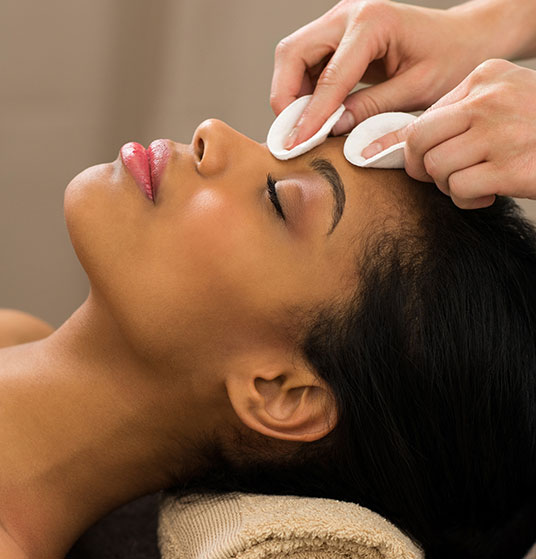
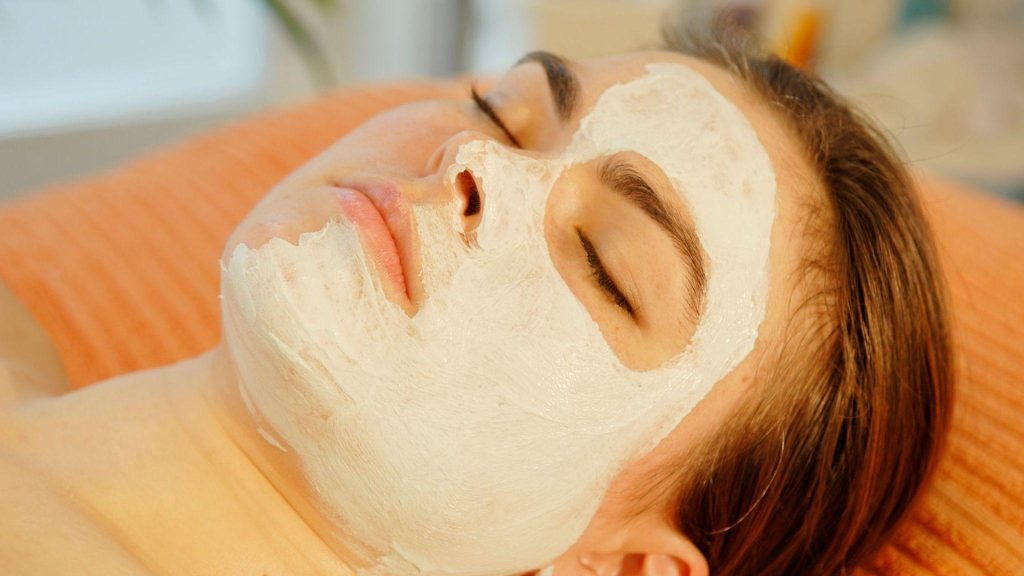


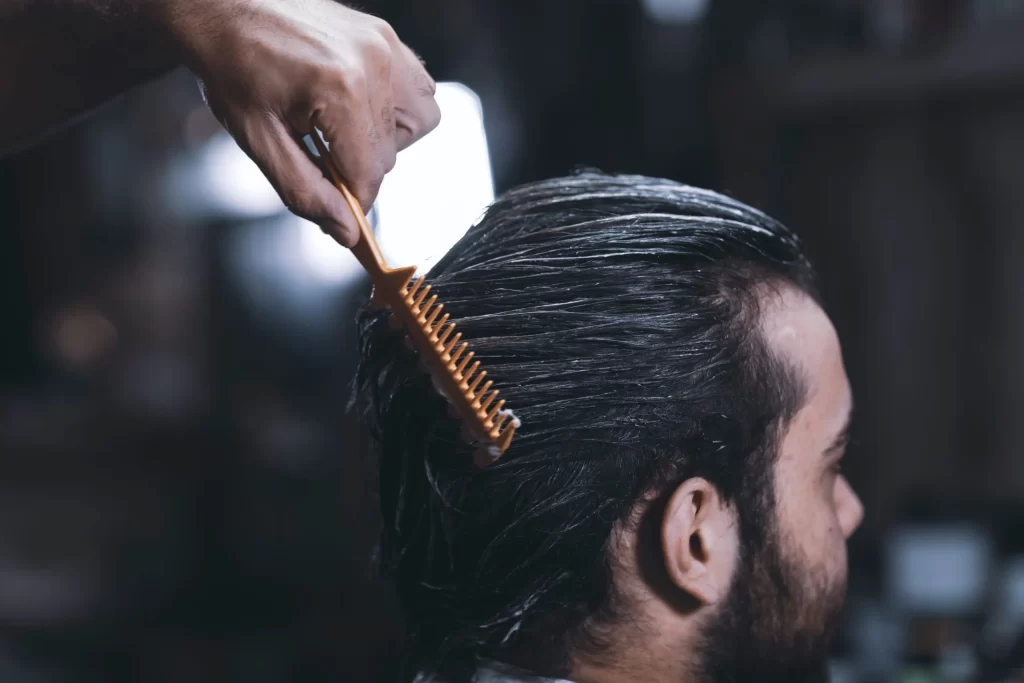
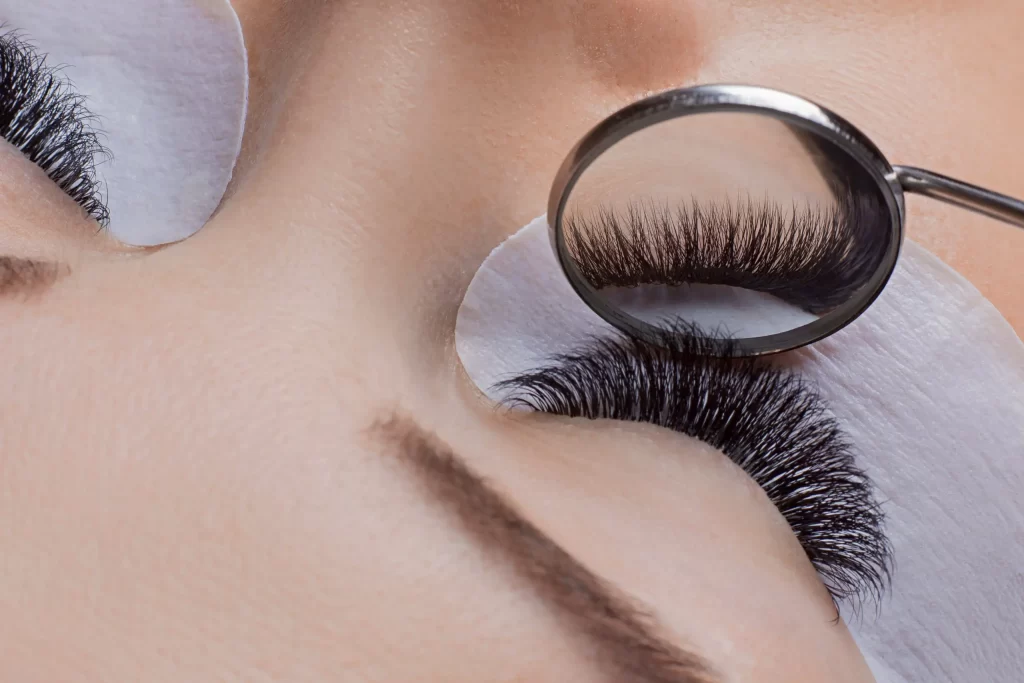 Eyelash extensions have become increasingly popular in recent years as a way to enhance one’s natural beauty and boost self-confidence. These semi-permanent lashes can transform your look, providing you with longer, fuller and more glamorous lashes. The process involves attaching individual synthetic lashes to your natural lashes using a special adhesive, resulting in a natural yet stunning appearance. While eyelash extensions may seem like a simple beauty treatment, they can actually have a profound impact on your self-confidence. Here’s how getting eyelash extensions can help you build confidence.
Eyelash extensions have become increasingly popular in recent years as a way to enhance one’s natural beauty and boost self-confidence. These semi-permanent lashes can transform your look, providing you with longer, fuller and more glamorous lashes. The process involves attaching individual synthetic lashes to your natural lashes using a special adhesive, resulting in a natural yet stunning appearance. While eyelash extensions may seem like a simple beauty treatment, they can actually have a profound impact on your self-confidence. Here’s how getting eyelash extensions can help you build confidence.
